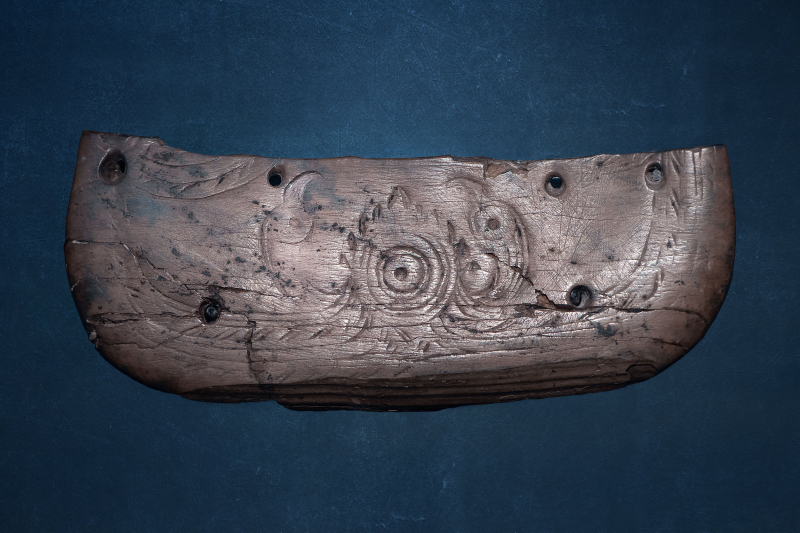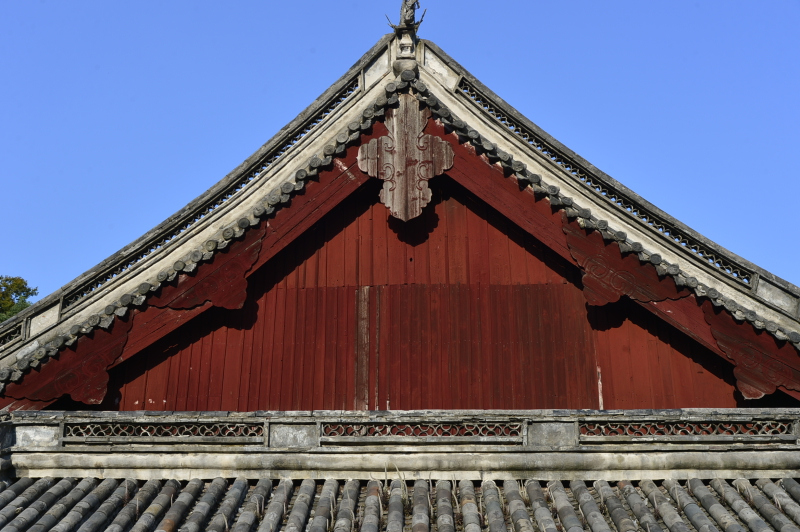Hemudu Culture played a significant role in Chinese civilization. Its influences went far beyond China. , a six-episode documentary first screened in the second half of 2019 on CCTV, China’s biggest television network, confirms the role the Hemudu Culture played in spreading rice cultivation from China to the other parts of the world. In the documentary, the Hemudu Culture is considered one of the sources of rice farming in China and now rice is the staple food for one-third of the world population.
While visiting a winery in Kobe, Japan, and watching a publicity documentary there, Yang Gucheng, a Ningbo-based historian of cultural exchanges between China and Japan, was surprised to notice that the documentary started with the rice farming of the Hemudu Culture. He was further surprised to find the equipment and raw materials used for sake production at the winery were exactly the same as those used in Ningbo, though the sake production requires a few additional steps in the last phase.

The oars unearthed at the Hemudu Culture sites indicate that our ancestors of about 8,000 years ago or even earlier were able to sail canoes on rivers and the sea. Though no canoe was excavated at the original Hemudu Site, a model canoe was unearthed at the Tianluoshan site, a major site of the Hemudu Culture. The find indicates that the Ningbo-Shaoxing region in eastern Zhejiang is where canoes and boats originated in China.
Stone adzes excavated from the Hemudu are the earliest stone adzes ever found in Asia. It is generally believed that such a complex stone tool can’t have originated in different parts of the world at the same time. Archaeologists tend to believe that the stone adze, a woodworking tool shaped in a certain way so that a handle can be conveniently attached to it, was first invented at Hemudu and then spread to the present-day southeastern Asian countries and some islands of the Pacific Ocean. They tend to believe the theory may explain well why there is so much similarity between the stone adzes of Hemudu and those in these younger overseas ancient cultures.

Another outstanding feature of Hemudu is mortise-tenon joints that connected wood pieces together. The people of Hemudu used at least seven ingenious kinds of mortise-tenon structures. These inventions were developed and used by carpenters across China in following centuries. Huang Dingfu, a scholar specialized in the history of architecture of Ningbo, believes that the Hemudu Culture was the most advanced in Asia of that time in terms of the mortise-tenon joints.

The people of Hemudu worshipped a sun spirit, as evidenced by an image of two birds facing the sun on each side sculpted on a piece of ivory. The pattern looks as if the two birds are flying, carrying the sun on their backs. This is exactly what some extant ancient Chinese literature describe about our ancestors’ worship of the sun.

It can be said that the Hemudu Culture disappeared and it is hard even to assert whether we are descendents of the inhabitants of Hemudu. There was a gap between the disappearance of the people of Hemudu and the rise of the Yue Kingdom (2032-222BC) in the same region where Ningbo and Shaoxing are today. However, this part of the province prospered since King Goujian (520-465BC) of the Yue Kingdom. Ningbo as a central city in this part of the province played a key role in the history of Zhejiang. Today, Ningbo-Zhoushan Port is the world’s biggest port in terms of cargo throughput.

The people of Ningbo are very proud of the Hemudu Culture. A few years back, Ningbo promoted itself on tourism market as a city of rice and fish, both of which can be traced back to Hemudu. At the end of 2019, Ningbo launched a new tourism logo, which presents a smiley patterned after a similar image on an artifact unearthed at Wuguishan, a site of Hemudu Culture. The smiley is known as Smile of Ningbo.
